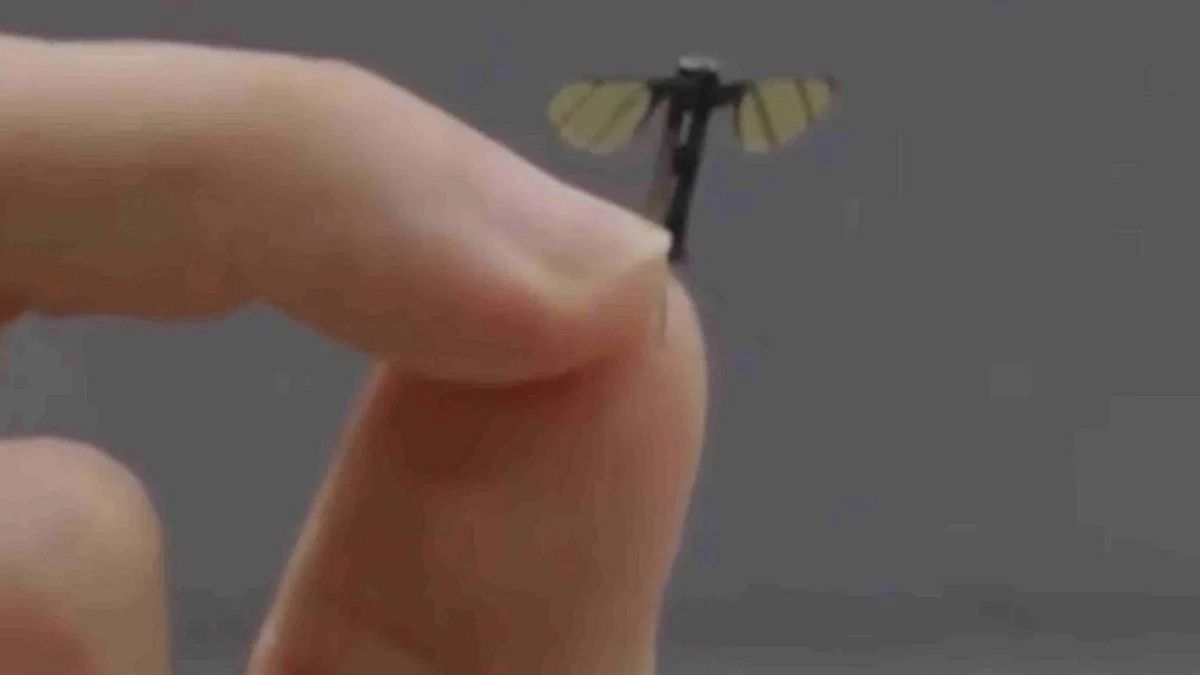

In a world where technological advancement continues to unfold at an impressive pace, recent innovations offer a glimpse into a future filled with possibilities. As we explore these recent developments, each unique in its impact and potential, we are reminded of technology’s role in shaping a more interconnected and efficient world.
A Glimpse into Micro-Technology: The Tiny Spy Drones
In a remarkable leap forward in micro-technology, China has unveiled a spy drone inspired by the natural world. This miniature device, closely resembling a mosquito, measures a mere two centimeters and weighs about 0.3 grams. Its design includes two petite wings and three slender legs, rendering it nearly invisible to conventional radar systems. Such advanced miniaturization exemplifies not only technological ingenuity but also the adaptability of innovation to diverse needs, particularly in surveillance and data collection applications.
This mosquito-like drone joins a growing list of small-scale surveillance tools being developed worldwide. Similar projects are underway in other countries, reflecting a trend toward creating devices that excel in stealth and efficiency. As these technologies continue to evolve, they bring with them a set of considerations about privacy, ethics, and the role of surveillance in modern society.
Farewell to the Iconic ‘Blue Screen of Death’
Turning to developments in software, Microsoft has announced a significant change to its Windows operating system. After four decades, the familiar ‘blue screen of death’ will be replaced by a sleeker black screen. This transition not only marks a departure from a long-standing symbol of system errors but also signifies an effort to streamline the user experience.
The change to a black screen suggests a more modern approach, aligning with current design trends geared towards minimalism and user-friendly interfaces. This evolution reflects the ongoing journey of operating systems to become more intuitive and less intrusive in our daily interactions with technology. Such updates are critical in maintaining relevance and improving functionality in an ever-evolving digital landscape.
Charging Up the Future: Wireless Stations for EV Taxis
Meanwhile, in the realm of sustainable transportation, Volvo has recently trialed wireless charging stations for electric vehicle (EV) taxis in Sweden. This innovative approach likens itself to a giant wireless phone charger, offering a quick and convenient method to recharge electric vehicles without the need for cumbersome cables.
The trial marks an important step towards enhancing the infrastructure for electric vehicles, promising a more efficient and user-friendly charging experience. Implementing such technology in public transport systems could significantly impact urban mobility, reducing dependency on fossil fuels and accelerating the shift toward greener cities.
The promising results from Sweden’s trial could pave the way for more extensive use of wireless charging technology across various transportation sectors. As cities worldwide seek to reduce emissions and embrace cleaner energy solutions, innovations like these could be pivotal in shaping sustainable futures.
Concluding Thoughts on Technological Progress
Each of these advancements—whether in the form of micro-drones, operating system upgrades, or wireless charging stations—demonstrates a commitment to progress and efficiency. As we embrace these technological changes, we are not just improving existing systems but also setting the stage for future innovations that prioritize adaptability and sustainability. The diverse applications and implications of these technologies highlight their potential to redefine everyday experiences across the globe.
Source: {link}
